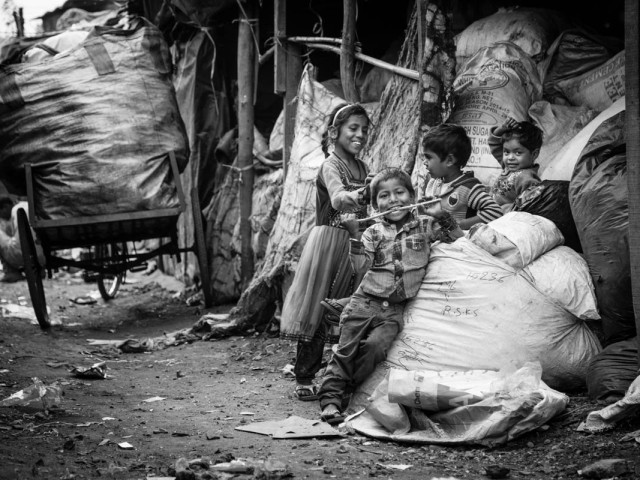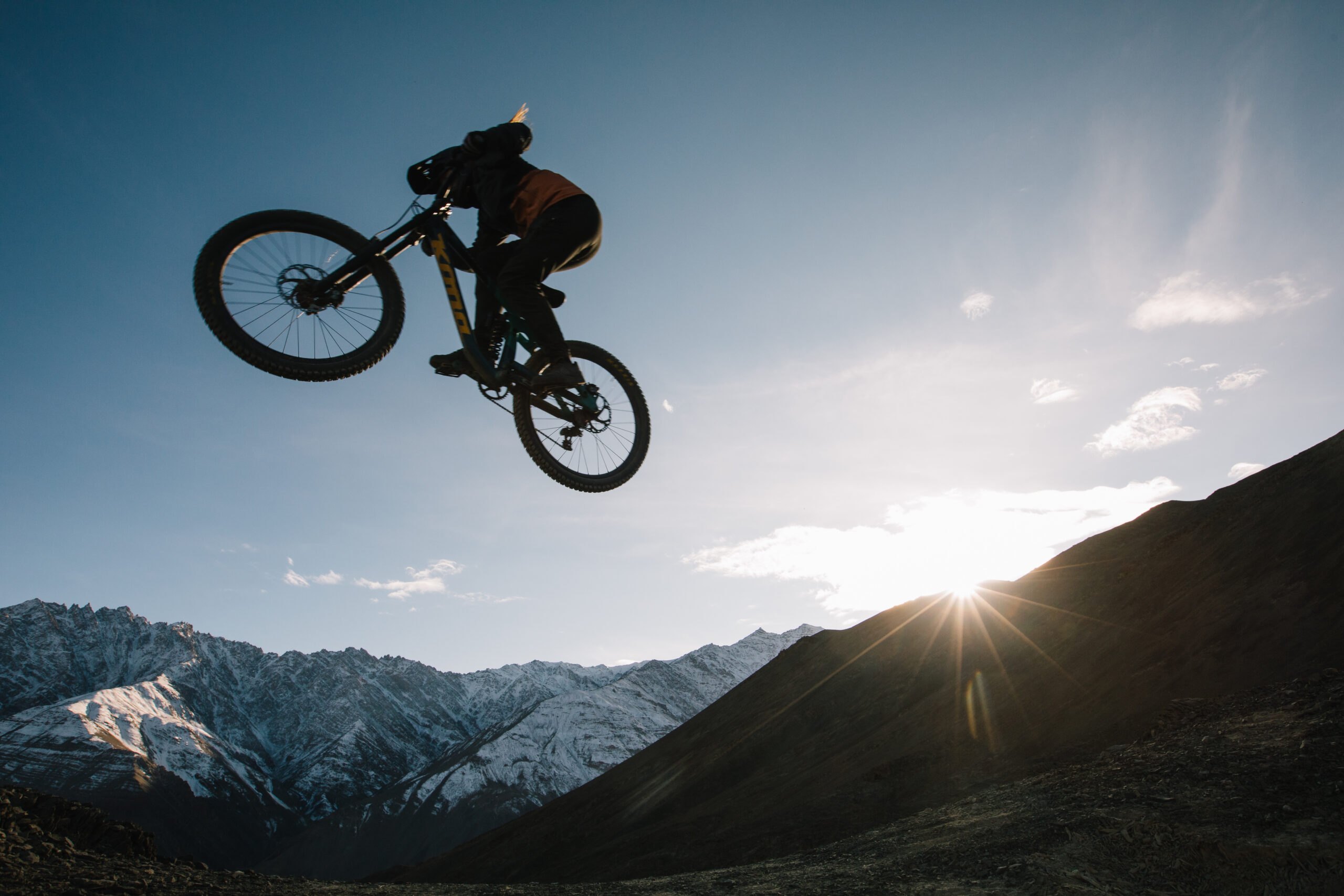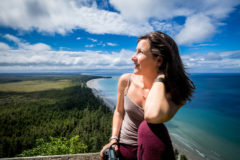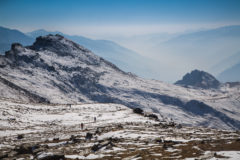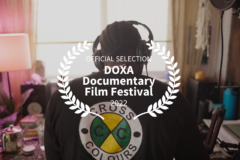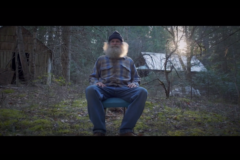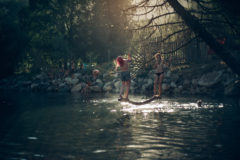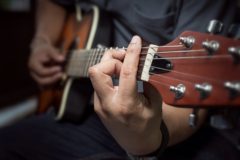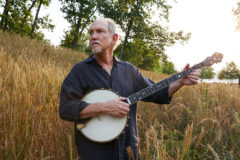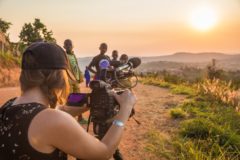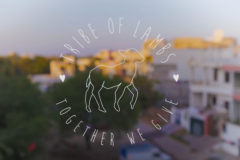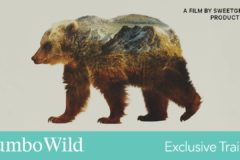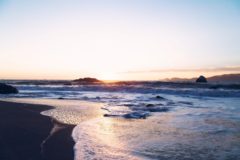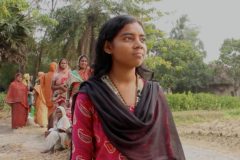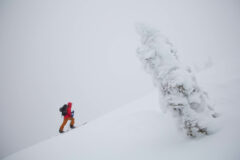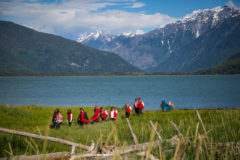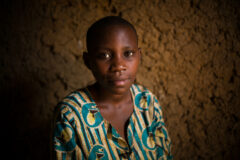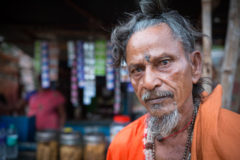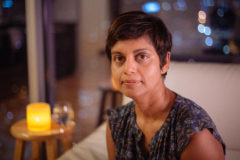The Unexpected Adventures of Saying Yes
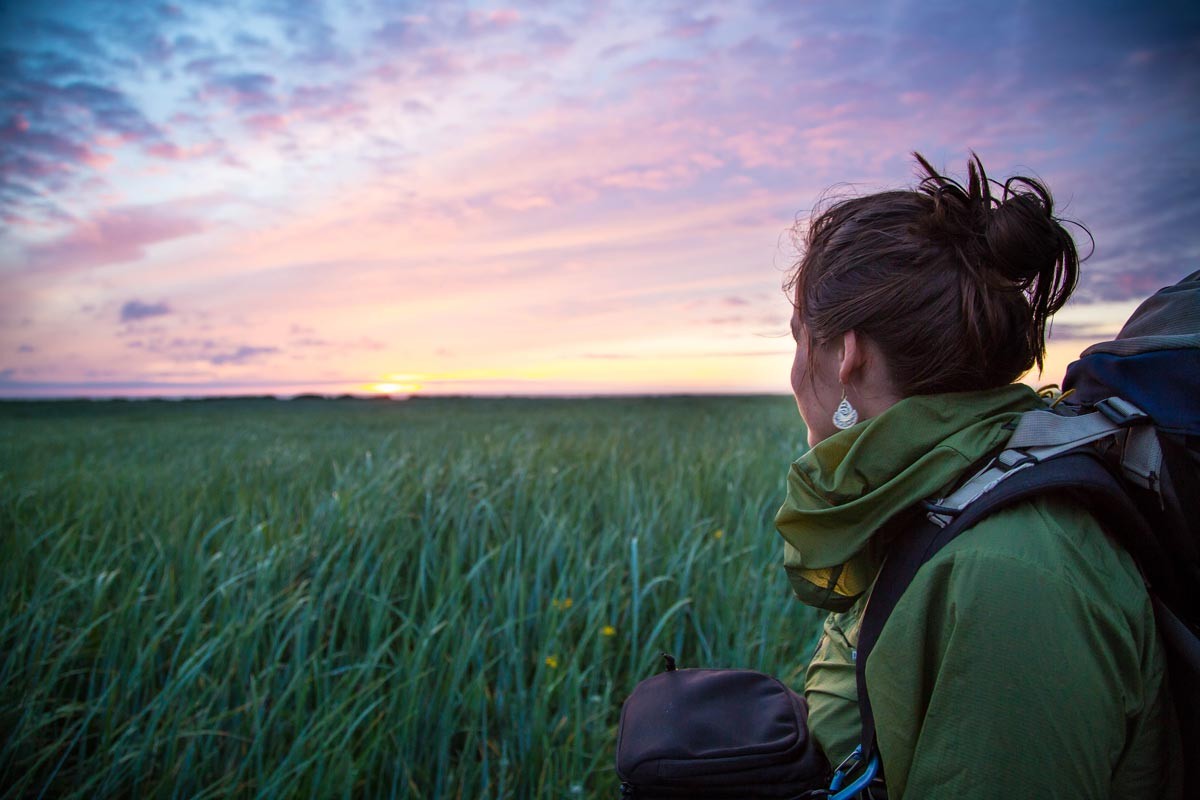
There are always those times when the well-laid plans for your future get pulled out from under your feet.

In June 2015 my teaching contract ended along with my lease, and my two-year relationship took its last faltering steps and arrived at an impasse. With all these unmoorings I felt both liberated and adrift, so I packed up my car and headed west.
My first and only pre-arranged destination was Cortes Island, a gem in British Columbia’s Gulf Island chain, and an excellent place to begin anew. I was set to attend “Media That Matters: Story Money Impact” conference at Hollyhock Retreat, and as luck (and the generosity of the Inspirit Foundation) would have it, I had won a scholarship to cover my tuition. (As an aside, I would highly recommend connecting with the Media That Matters folks to anyone interested in filmmaking, storytelling, changing the world, those kind of things.)
Every evening after the day’s workshops and presentations we would take to Hollyhock’s legendary hot tubs, and it was there that lit minds would unwind and start re-forming the day’s discussions into new constellations. I was later told that these tubs are the alchemical human stew in which countless ideas have been conceived and later grown into films, books, companies, and partnerships (both professional and otherwise).
Questions such as: “Who do stories belong to?” ”How can you move people from watchers to doers?” “What does a gift economy look like?” kept us all up till dawn.
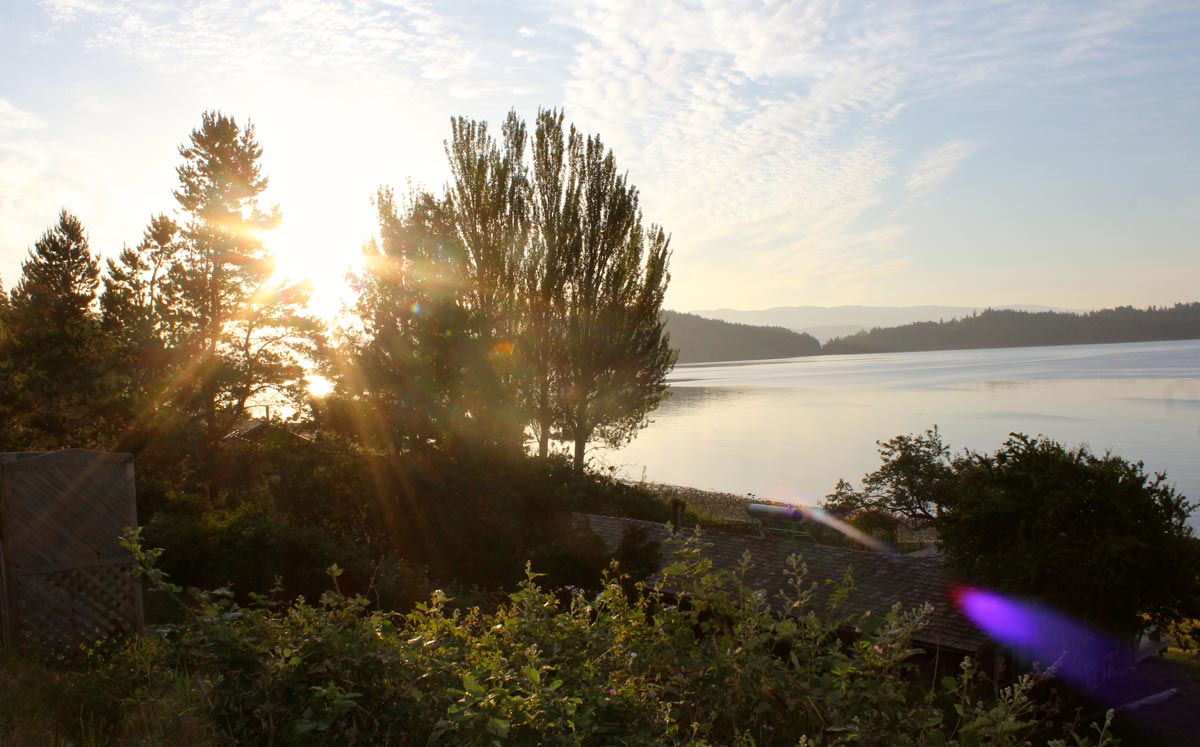
It was in the hot tub that I connected with Matt Miles of Approach Media and Maeva Gauthier, both Victoria-based filmmakers and exceptional human beings.
Maeva works with a company called The ShoreZone, a coastal mapping project that has created a free online archive of 100,000+ aerial video and still images of the Pacific coast from California to Alaska. This vast bank of visual data provides climatologists with an on-the-ground view of what climate change really looks like, allows oil spill responders to better navigate and clean-up spill zones, provides First Nations with an overview of their territories which can be used to re-discover ancestral fishing and village sites, and the list goes on.
As I work with The Shoreline, an interactive documentary that profiles community-based ‘solutions’ to issues associated with rising sea levels, it seemed that we had found a match.
While Maeva spoke of her team’s upcoming trip to Prince Rupert, BC, Matt told us of his journey to Haida Gwaii to be an artist-in-residence at the Haida Heritage Centre. Maeva extended the invitation to join her Prince Rupert team and profile their work for the Shoreline archive, and Matt suggested that I take the adventure across the Hecate Straight to Haida Gwaii.

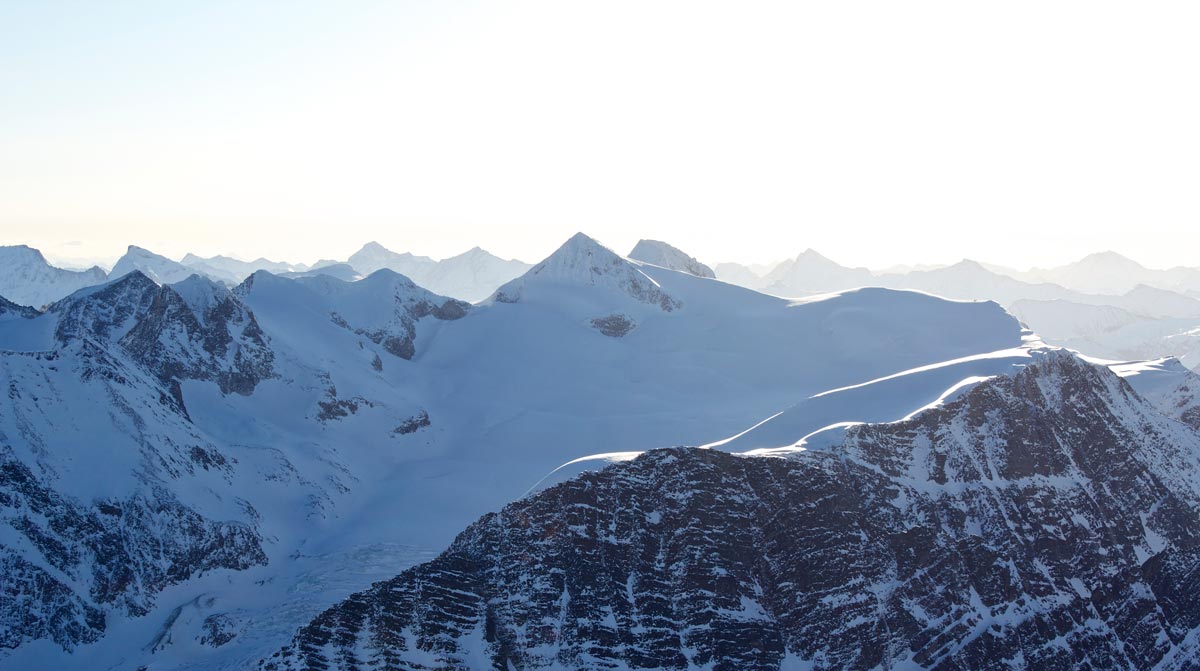
A week later I had purchased a new camera (Canon 5D Mk III), a lavalier microphone, and a plane ticket and was making the slow ascent out of YVR over the rugged coastal range to Prince Rupert. As valleys carved by eons of glacial drift spread below me, I sketched out a rough shot list and some interview questions that would guide the next four days of my one-woman production.
To see what I created (with the support of Elizabeth Miller, Director of The Shoreline Project), click here. To check out my Haida Gwaii photo story (I went!) follow me here.
- Categories: Uncategorized
